Humidity is one of the forces which directly impacts air quality and research reveals that indoor air quality is compromised when humidity levels rise above 50%. When the air quality is compromised, people suffer from allergies, sicknesses, and many more problems.
These problems are attributed to the pollutants caused by the high humidity or moisture in the air. Pollutants such as dust mites, mold, pests, and more.
This humidity is what dehumidifiers primarily address which is why this article answers the question – “What does a dehumidifier do for your health?”
Dehumidifiers are commonly known to keep the humidity levels between 30% and %50. But beyond numbers…how does that translate into benefits? What are the benefits of a dehumidifier to your health?
Health benefits of using a dehumidifier
There are many health advantages of dehumidifiers. Improving air quality with a dehumidifier comes with numerous health benefits. Let's break down these benefits into specific areas.
Reduction of Allergens
High humidity levels can create a breeding ground for allergens like dust mites, mold spores, and pet dander. Dust mites thrive in warm, humid environments, while mold spores can spread in damp areas. By maintaining lower humidity levels, dehumidifiers help reduce these allergens, making the air cleaner and healthier. According to Healthline, this can significantly alleviate symptoms for people with allergies.
Prevention of Mold Growth
Mold can cause a host of respiratory problems and other health issues. It can grow on walls, floors, and furniture in damp conditions. Dehumidifiers reduce the moisture in the air, making it difficult for mold to develop and spread. Dehumidifiers not only protect your health but also maintain the structural integrity and aesthetics of your home.
Improvement of Respiratory Health
Breathing in humid air can worsen respiratory problems and cause health conditions like asthma, bronchitis, and other lung disorders. A dehumidifier keeps the air dry and free of irritants. This eases breathing and improves lung health.
Additional Health Considerations
Beyond the above benefits, using a dehumidifier can also help in some subtle yet significant ways.
Impact on Asthma and Allergies
Keeping humidity levels in check helps in managing asthma and allergy symptoms. Lower humidity means fewer dust mites and mold spores, leading to fewer triggers for asthma attacks or allergic reactions. According to Climate Dry, many individuals with asthma or severe allergies find significant relief in environments with controlled humidity.
Enhancement of Sleep Quality
High humidity can make the air feel heavy and stuffy, creating an uncomfortable sleeping environment. Improved air quality and reduced humidity help promote a cooler, more comfortable sleep atmosphere. This can enhance sleep quality helping you wake up feeling refreshed and energized.
Reduction of Skin Problems
Moist environments can also contribute to skin problems and overall discomfort. Lower humidity levels achieved through dehumidifiers can help reduce skin irritations, dryness, and other allergy-related symptoms.
Potential Risks and Considerations
Over-Drying the Air
Although dehumidifiers are beneficial, using them excessively can lead to over-drying the air. This can cause respiratory discomfort, dry skin, and other health issues. Conditions like pneumonia worsen if the air is made too dry. There are also locations where you shouldn’t consider using a dehumidifier like deserts, and high-altitude locations. Overall, ensure you track humidity levels so they remain between 30% and 50%.
Maintenance and Care
Proper maintenance is crucial for dehumidifiers to function effectively and safely. Regularly cleaning and inspecting the unit prevents issues such as mold growth within the device or electrical hazards. Physics Forums notes the importance of maintaining dehumidifiers to avoid risks like electrical problems, especially in high-moisture areas like bathrooms.
When to Use a Dehumidifier
Knowing when and where to use a dehumidifier can maximize its benefits. Dehumidifiers work best in damp areas of the house like basements, crawl spaces, bathrooms, and kitchens where humidity levels tend to be higher. They are also beneficial during the summer months when humidity levels naturally rise.
Using hygrometers can help you monitor the humidity levels in your home to determine if a dehumidifier is needed. Remember that the ideal humidity level is 30 to 50%.
Here are also a few signs to determine if a dehumidifier is needed:
Visible Signs of Moisture
Water stains on walls or ceilings
Frequent condensation on windows
Tiny black spots growing on walls or ceilings
Musty smell
Environmental Indicators
Persistent damp smell in the living area
Water leakage after heavy rainfall
Muggy air visible as water vapor
Health and Allergy-Related Signs
Prolonged allergy season
Worsening allergies after moving
Allergies to dust mites
Increased pest activity (spiders, cockroaches, moths, silverfish)
Damp or moldy-smelling clothes
Persistent respiratory symptoms (coughing, runny nose)
Where to buy a dehumidifier
Abestorm provides high-quality crawl space dehumidifiers with a large coverage area and high pint capacity. Our store features different crawl space dehumidifiers suitable for lots of spaces. Don’t know what dehumidifier is right for you? Click here to contact the Abestorm team.
Final thoughts
Finally, the question “What does a dehumidifier do for your health?” has been answered. To round what was discussed above…
A dehumidifier holds numerous health benefits but the main ones are:
Reducing allergens like dust mites, and mold spores, in warm and humid or damp environments
Preventing mold growth in damp environments like the kitchen, bathroom, and basements
And fighting Irritants that move through the air for better respiratory health.
The only potential risk to beware of is over drying and to manage that – don’t use dehumidifiers in dry environments and keep humidity between 30 and 50% using a hygrometer.
Also look out for signs like spots, musty smells, itchy eyes or nose, and allergies to determine if it’s time to invest in a dehumidifier. With all the health benefits, it won’t hurt to buy one.

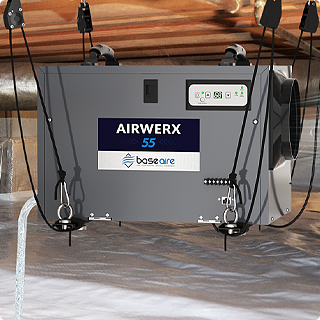
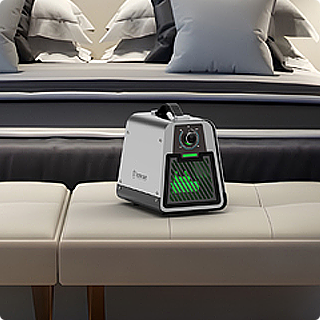
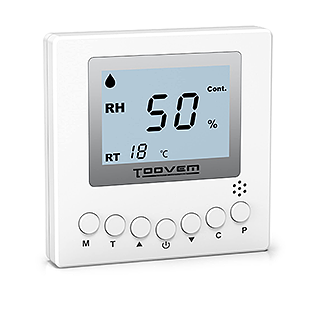
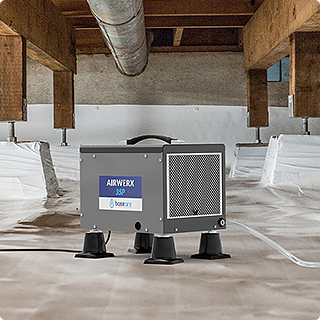
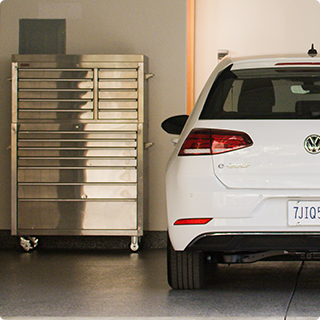
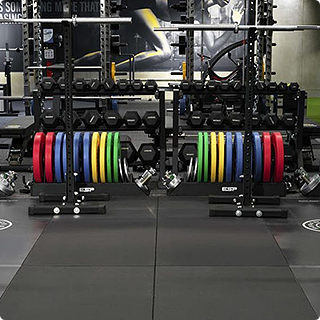
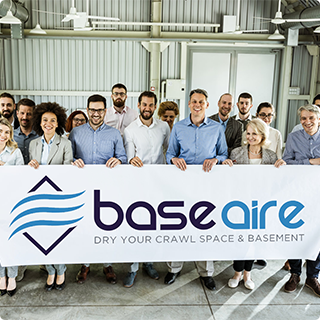

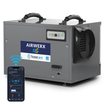
![BaseAire 888 Pro 7,000 mg/h Ozone Generator, Digital O3 Machine Home Ozone Machine Deodorizer - Ozone Generator from [store] by Baseaire - Disinfection, Ozone Generator](http://www.baseaire.com/cdn/shop/products/888-Pro-_-1.jpg?v=1698817267&width=104)
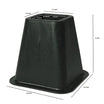
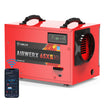

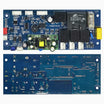
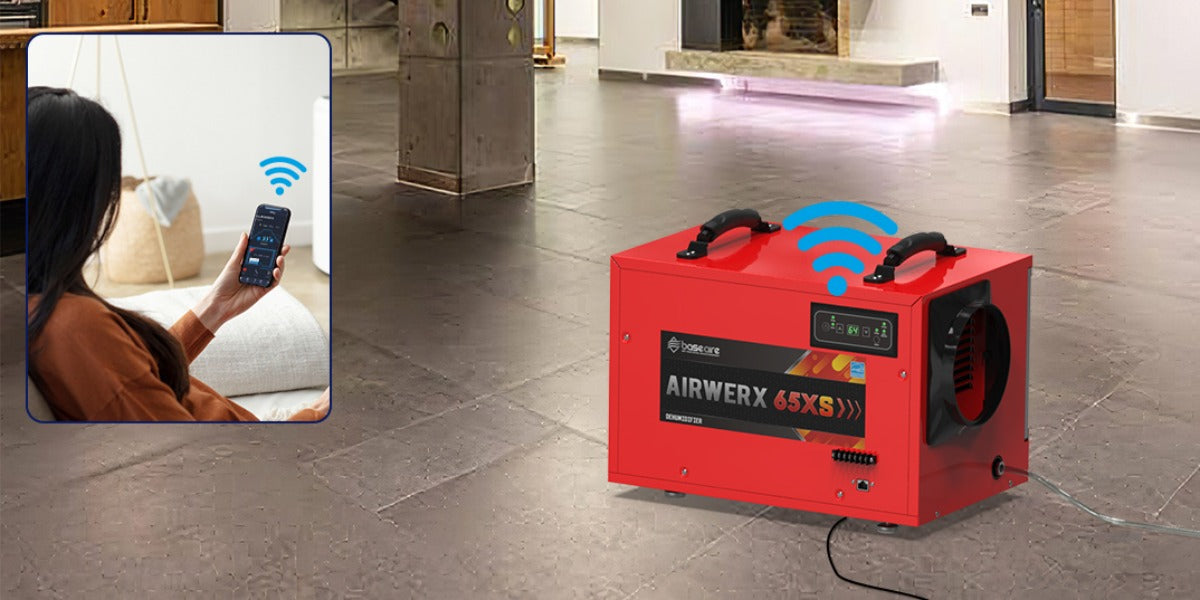
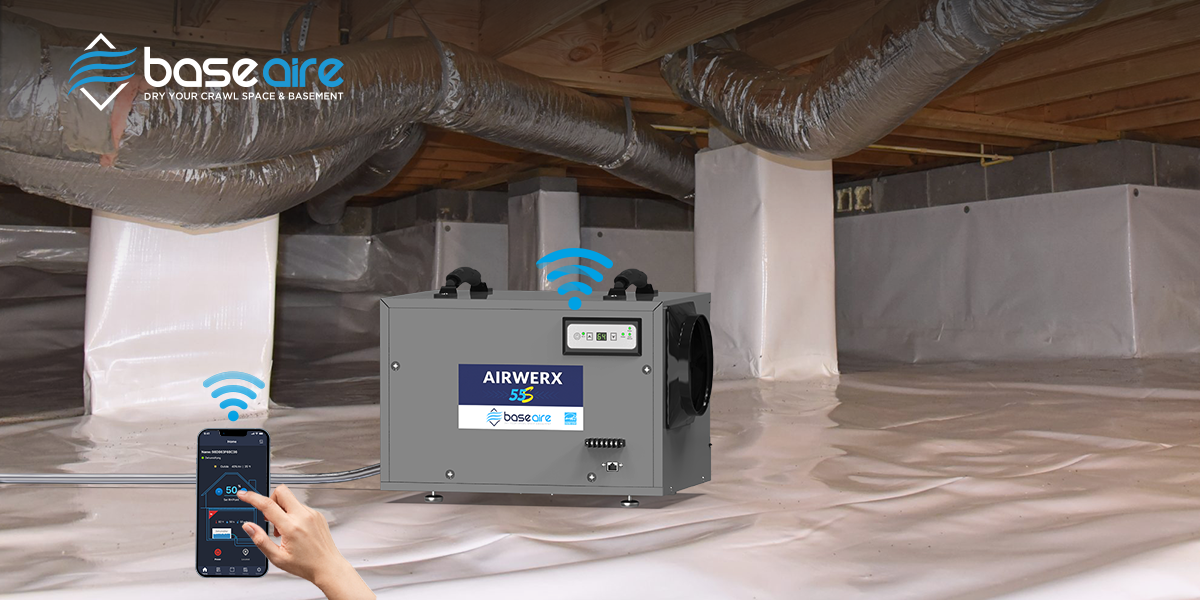

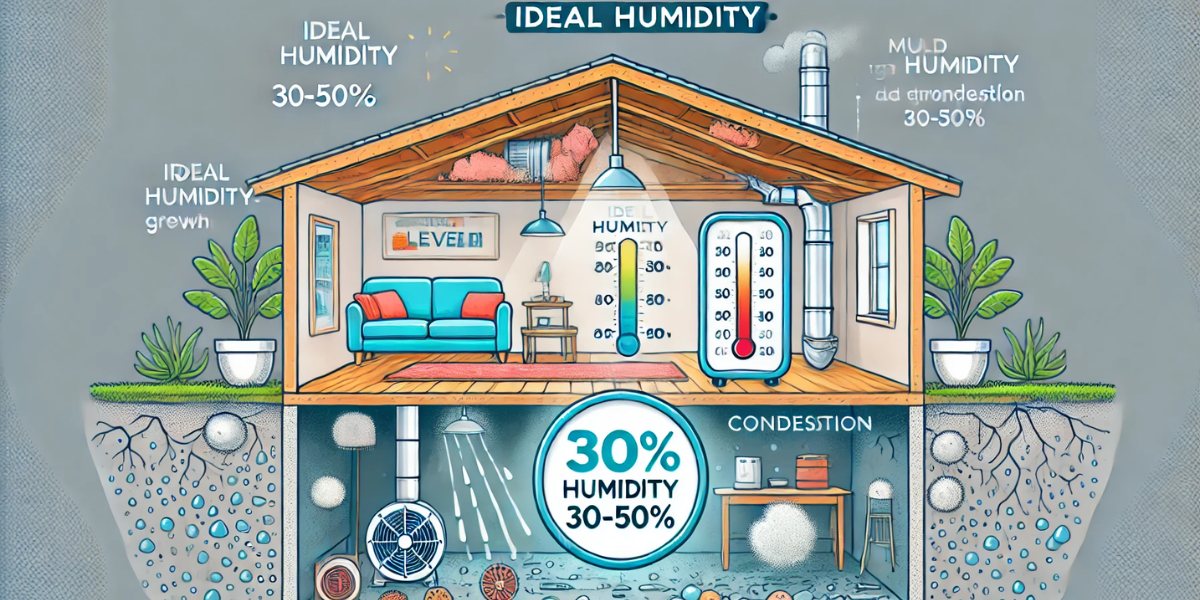




Hinterlasse einen Kommentar
Alle Kommentare werden vor der Veröffentlichung geprüft.
Diese Website ist durch hCaptcha geschützt und es gelten die allgemeinen Geschäftsbedingungen und Datenschutzbestimmungen von hCaptcha.